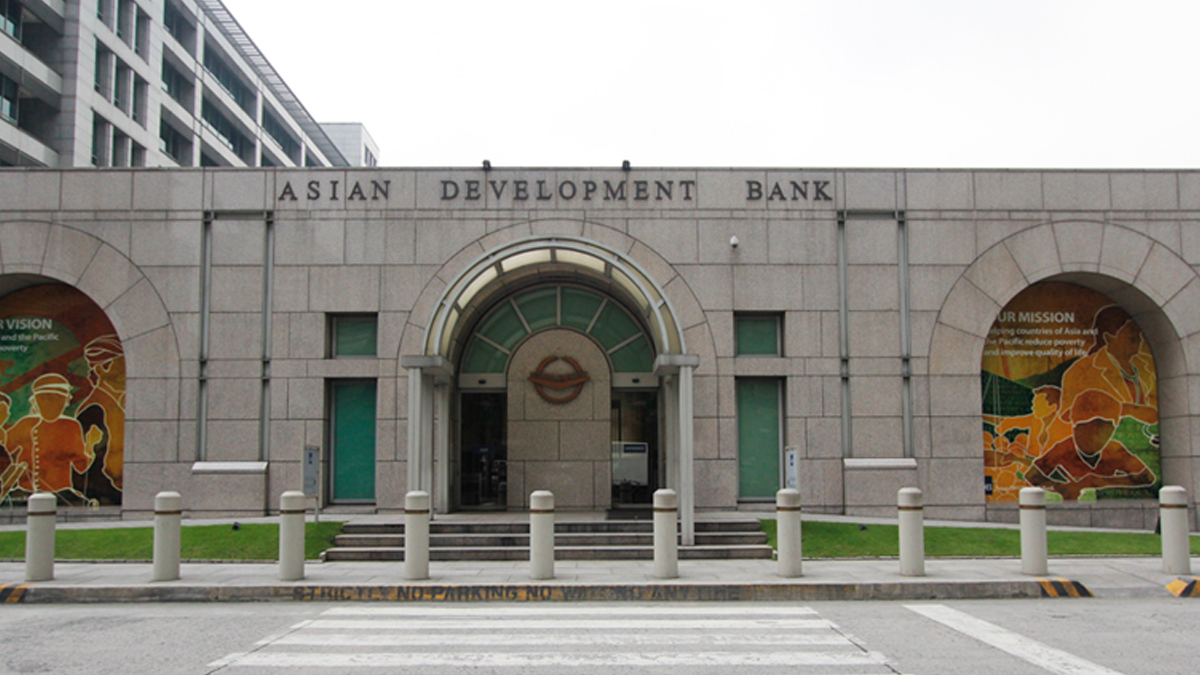
Nepal’s Economy Set to Improve in the Coming Year, Reports ADB

The Asian Development Bank (ADB) has projected that Nepal’s economy will experience an upturn in the coming year.
According to the recent Asian Development Outlook, Nepal’s economy is expected to grow by 4.3 percent at market prices during fiscal year 2024. This marks a significant increase from the estimated growth rate of 1.9 percent in fiscal year 2023, as stated in ADB’s flagship publication.
In a press statement issued on September 20, ADB noted, “With moderating inflation and healthy foreign exchange reserves, the Nepal Rastra Bank has adjusted its monetary policy stance by reducing the policy rate by 50 basis points to 6.5 percent. This move is expected to lead to reduced commercial interest rates and stimulate economic activities. The services sector is predicted to perform well, with expansions anticipated in real estate, wholesale and retail trade, as well as accommodation and food services.”
However, the report cautioned that agricultural growth might face a decline due to insufficient rainfall in June and unpredictable weather patterns, exacerbated by an outbreak of lumpy skin disease in cattle.
Furthermore, the report forecasted a decrease in annual average inflation to 6.2 percent in fiscal year 2024, down from 7.7 percent in fiscal year 2023. This drop is attributed to subdued oil price increases and a decline in inflation in India, which is Nepal’s primary source of imports.
ADB’s Principal Economist for Nepal, Jan Hansen, commented on fiscal challenges, stating, “Despite some progress in restoring price and external sector stability, fiscal challenges persist. While the estimated fiscal deficit for fiscal year 2024 is moderate at 2.4 percent of GDP, much lower than the deficit of 6.1 percent in fiscal year 2023, the actual deficit could be substantially higher if the government does not meet its ambitious revenue target for fiscal year 2024.”
The report also emphasized that external risks remain relatively well-contained. Considering recent trends and the central bank’s prudent monetary policy stance, the goal of maintaining foreign exchange reserves sufficient to cover at least seven months of imports appears attainable.











Comments